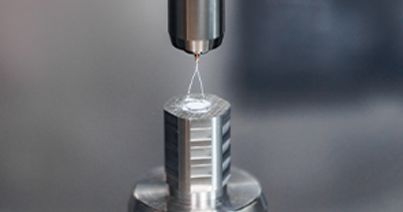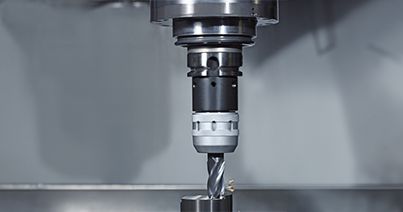Tip #5: Effects of Thick-to-Thin Chip Formation
During machining, the thickness of the chips being produced can vary from thick-to-thin. This can have a significant impact on the machining process, as thick chips can cause problems with chip evacuation and tool wear, while thin chips can help reduce heat generation and improve surface finish. Understanding the effects of thick-to-thin chip formation is important when milling titanium, as it can help you adjust your machining parameters and achieve better results.
Climb milling, or thick-to-thin chip formation is the ideal way to make sure you are getting the proper results. It begins with the cutting edge entering the excess material and exiting on the finished surface – meaning the cutter tries to climb over the material, ensuring that thick chips absorb cutting heat, decreasing adhesion from cutting pressure and the thin chip exits effectively. The exception to this is to conventional mill when you have an Alpha case in order to remove the thick harden skin, shearing from the softer surface below to create a clean surface, and then revert back to climb milling once the skin is removed.
When dealing with thick-to-thin chip formation, it is important to pay attention to the chip breaker design on the cutting tool. A chip breaker is a groove or notch on the cutting edge that helps to break up the chips into smaller, more manageable sizes. A well-designed chip breaker can help to prevent these issues and improve overall machining performance.




